Everybody loves an origin story, whether it’s Bruce Wayne’s revenge-fueled journey from orphan to crimefighting billionaire or Peter Parker’s unlikely transformation from high school geek to web-slinging superhero.
Like the fictional world of Marvel and DC, Hip Hop has no shortage of rags-to-riches stories. A now-globally influential phenomenon born out of the struggles of Black and Latino New Yorkers in the 1970s, some of the genre’s biggest stars hail from humble beginnings and have had to overcome seemingly insurmountable odds to reach the top.
As these artists have gone on to make their own mark on the world, their backstories have become the stuff of legend and a source of inspiration for future generations.
A lot has changed since Hip Hop’s much-romanticized Golden Era, with the rise of the internet, social media and streaming services radically transforming how aspiring MCs can kickstart their careers. But some things still ring true to this day, such as the heart, hunger and hustle required to make it in the rap game.
Below, HipHopDX takes a look at some of the most inspiring come-up stories in Hip Hop history.
Eminem
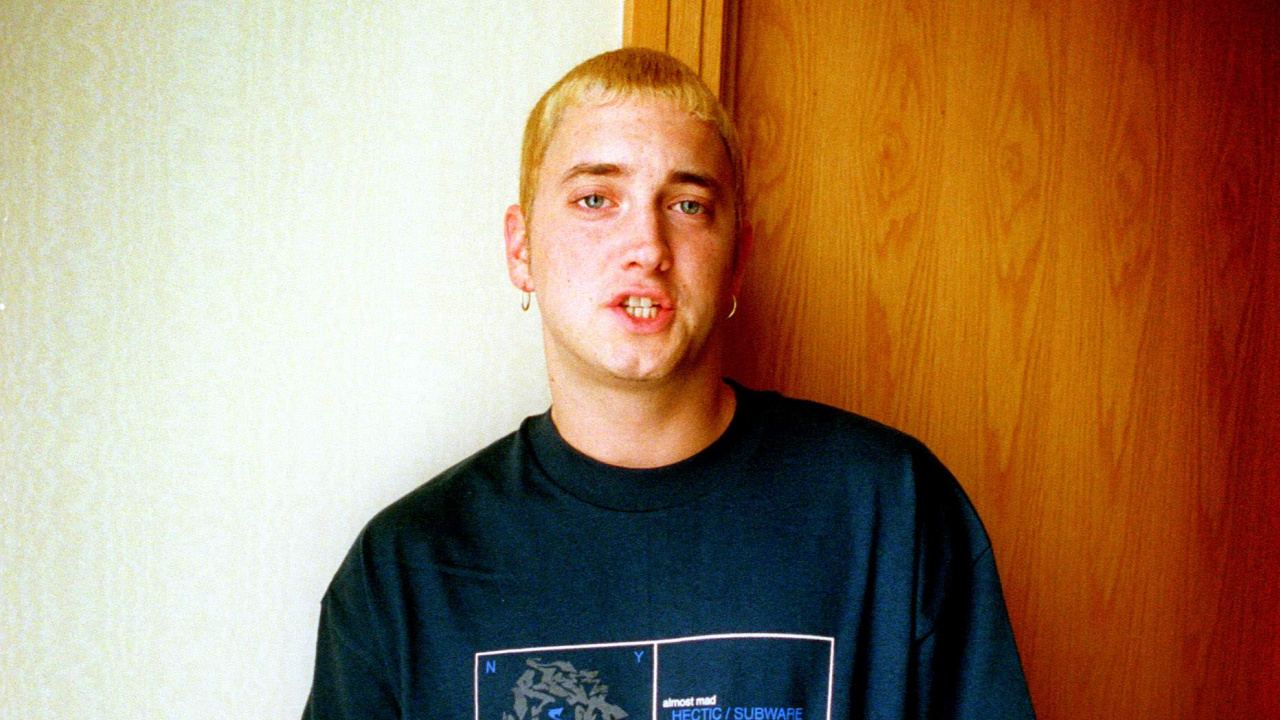
8 Mile may have been a fictional story loosely based on Eminem‘s life, but his actual rise to fame still defied expectations. A product of a broken home and a turbulent childhood, Marshall Mathers found solace in Hip Hop and dreamed of becoming a full-time rapper — despite being well aware that “Vanilla Ice made it damn near impossible for a white kid to get respect in rap,” as he wrote in his book The Way I Am.
While working minumum wage jobs to support his then-girlfriend and daughter, who was born when he was in his early 20s, Em cut his teeth at local battles and open mic events, notably the Hip Hop Shop in his adopted hometown of Detroit. He soon made a name for himself as a formidable MC, finishing second at both Scribble Jam and the Rap Olympics in 1997.
Em didn’t take defeat well, though. Broke, depressed and losing hope, he swallowed a handful of drugs one day and recorded “Rock Bottom,” thinking to himself that it would be the last song he ever made. (Thankfully, he vomited up the pills before they could do any lasting harm.) There were struggles in the studio, too, as his debut album Infinite, released in ’96, failed to make an impact.
Eventually, his luck began to change. One day while on the toilet (where all great ideas are born), Eminem came up with his now-iconic alter ego Slim Shady. He then channeled this wild child persona on his follow-up project, The Slim Shady EP, which caught the attention of an intern at Interscope Records who would slip it into the possession of label boss Jimmy Iovine.
Around the same time, Dr. Dre was plotting his next career move after the mixed reception to his post-Death Row compilation The Aftermath and work on Nas, AZ and Foxy Brown‘s The Firm. While listening to demos at Iovine’s home one day, they stumbled on The Slim Shady EP. Dre was immediately blown away. “I was like, ‘What the fuck and who the fuck is that?!'” he recalled in the docuseries The Defiant Ones.
The superproducer quickly signed Eminem to his fledgling Aftermath imprint, with Interscope also part of the deal, and began working with the up-and-coming rapper. Their chemistry was immediate. In the few first minutes of their very first studio session together, “My Name Is” was born. The song would go on to crack the Billboard Hot 100, win a Grammy and launch the career of the best-selling rapper of all time.
Kanye West
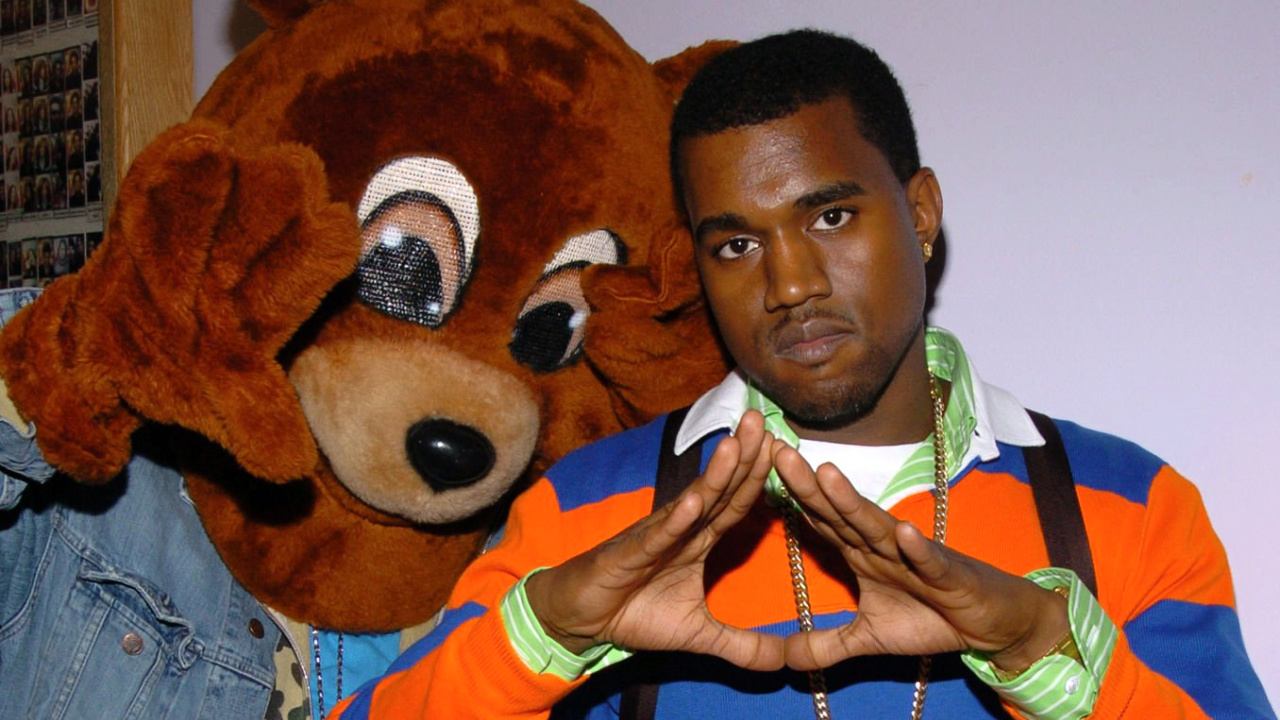
Kanye West‘s path to stardom is famously laid out on his College Dropout closer “Last Call,” an enduring reminder of the “old Kanye” that we all originally fell in love with.
After being taken under the wing of No ID and former Bad Boy hitmaker Deric “D-Dot” Angelettie, the aspiring producer found early success with placements for Roc-A-Fella artists thanks to a relationship with the label’s then-A&R Kyambo “Hip Hop” Joshua. Among these songs was “This Can’t Be Life,” a standout from JAY-Z‘s 2000 album The Dynasty which also laid the blueprint for Kanye’s signature “chipmunk soul” sound.
The Chicago native was successful enough to afford his own apartment in his hometown, but “shit just wasn’t poppin’ off” like he had hoped, as he laments on “Last Call.” He was dealt further blows when an artist he was working with reneged on a deal with his production company and he faced eviction from his apartment. But pressure creates diamonds, right? (Pardon the Roc-A-Fella pun.)
“There’s a time in every man’s life where he gotta make a change and try to move up to the next level,” he says on “Last Call. “I took that money, packed all my shit up in a U-Haul … Me and my mother drove to Newark, New Jersey. I hadn’t even seen my apartment … I loaded up all my equipment and the first beat I made was ‘Heart of the City.'” Ye ended up producing several other tracks on Hov’s The Blueprint, including the lead hit “Izzo (H.O.V.A.),” cementing him as one of the hottest producers in the game.
However, Kanye always aspired to be more than just a beatmaker. Determined to establish himself as a respected MC, he honed his craft in studio sessions with other artists and on tour with friend and collaborator Talib Kweli. Auditions for major labels soon followed, but most were uninterested. “Listen here, I played them ‘Jesus Walks’ and they didn’t sign me!” he exclaims on “Last Call.”
Eventually, after much persistence and the last-minute collapse of a deal with Capitol Records, Kanye convinced Dame Dash to sign him to Roc-A-Fella as an artist. He was officially unveiled as the newest member of the Roc at a JAY-Z concert in 2002, where he famously held aloft his own Roc-A-Fella chain.
Of course, a subsequent car accident that left his jaw wired shut threatened to derail his career just as it was taking off. But what did Mr. West do? Record his breakout solo hit “Through the Wire” just weeks later, despite the fact that he was barely able to enunciate his rhymes properly.
This attitude certainly determined Kanye West’s latitude, making him one of the most influential musicians and fashion designers of the 21st century. It’s just a shame that in recent years his can’t-tell-me-nothing confidence has turned into something far less likeable.
DMX
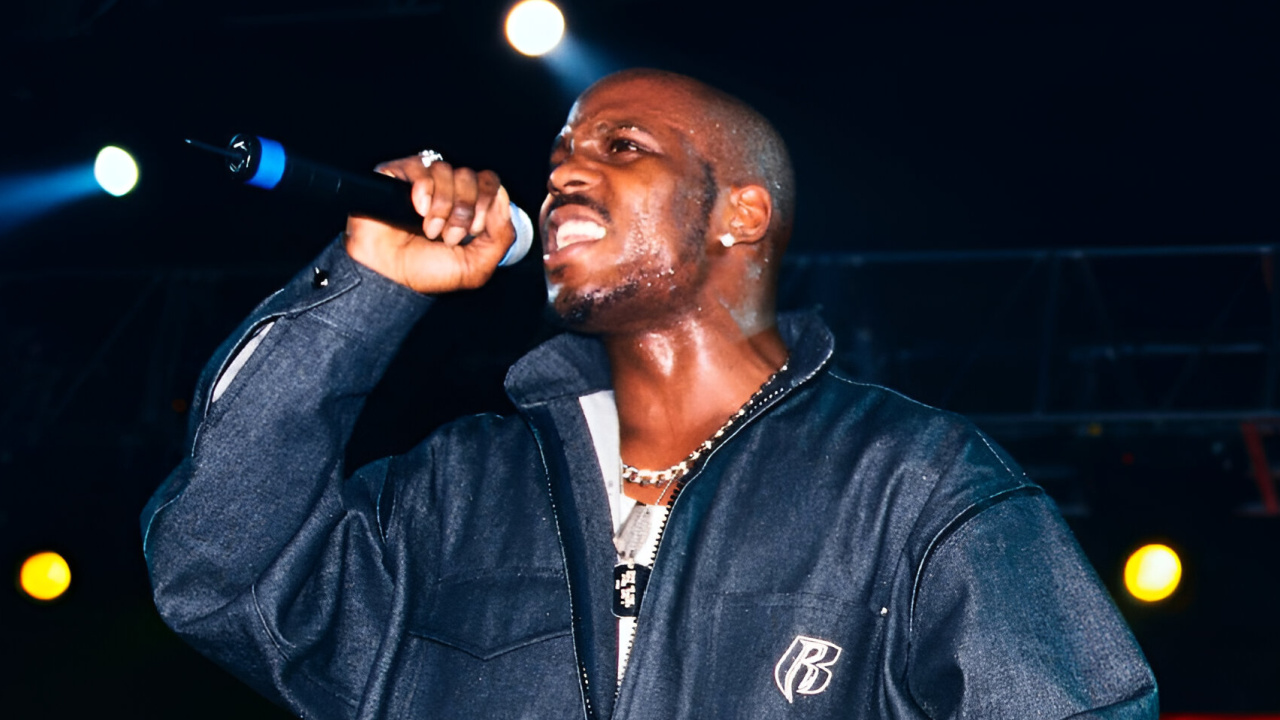
DMX‘s life could’ve easily turned out very differently, and nobody would have blamed him. Growing up as a Jehovah’s Witness in Mount Vernon and Yonkers, New York, Earl Simmons endured a troubled and traumatic childhood marked by physical abuse from his own mother, crime and violence, and stints in group homes and juvenile detention centers.
At age 14, X was cruelly tricked into smoking crack by a local rapper who had taken him under his wing. “How could you do that to a child?” he asked while tearfully recounting the experience on Talib Kweli’s A People’s Party podcast in 2020. “He knew I looked up to him. I wouldn’t wish that on my worst enemy,” adding: “The monster was born.”
From an early age, Simmons found a kindred spirit in man’s best friend (“I love dogs more than people. A dog doesn’t know how to lie to you or be fake,” he explained on Drink Champs) and a path out of poverty and pain through Hip Hop. Naming himself after the Oberheim drum machine, DMX recorded his first demo in the late 1980s with the help of his friend and future rap mogul Irv Gotti.
A raw but impressive freestyle on The Stretch Armstrong & Bobbito Show in 1991 led to X being highlighted in The Source magazine’s coveted “Unsigned Hype” column, which was soon followed by a deal with Columbia Records. However, his debut single “Born Loser” failed to make an impact and X was later released from his contract.
Columbia’s loss was Def Jam’s gain, though. After joining the label as an A&R, Irv Gotti pushed for them to sign DMX, arranging for the neglected rapper to audition for then-boss Lyor Cohen. Despite showing up late and nursing a broken jaw from a recent fight, X seized the opportunity. “You could feel the oxygen change,” Cohen recalled in his own Drink Champs interview. “When he started rapping, you could hear the [wires] breaking. My mother would’ve signed him — it was that obvious.”
After show-stealing cameos on songs from Ma$e, LL Cool J and The LOX, DMX announced himself to the world in 1998 with “Get At Me Dog” and “Ruff Ryders’ Anthem,” both hits out of the gate. That same year, he made history by becoming the first living rapper to top the Billboard 200 twice in the same year with his debut album It’s Dark and Hell is Hot and its mega-selling follow-up Flesh of My Flesh, Blood of My Blood.
The enormous success that DMX achieved in his career was partly a result of his traumatic past. He poured his pain into his music, touched millions of hearts around the world and was even known to make grown men cry with impassioned prayers at his live shows. Sadly, these same demons also spawned a lifetime of drug issues, legal problems and mental health struggles, culminating in his untimely death at the age of 50.
50 Cent
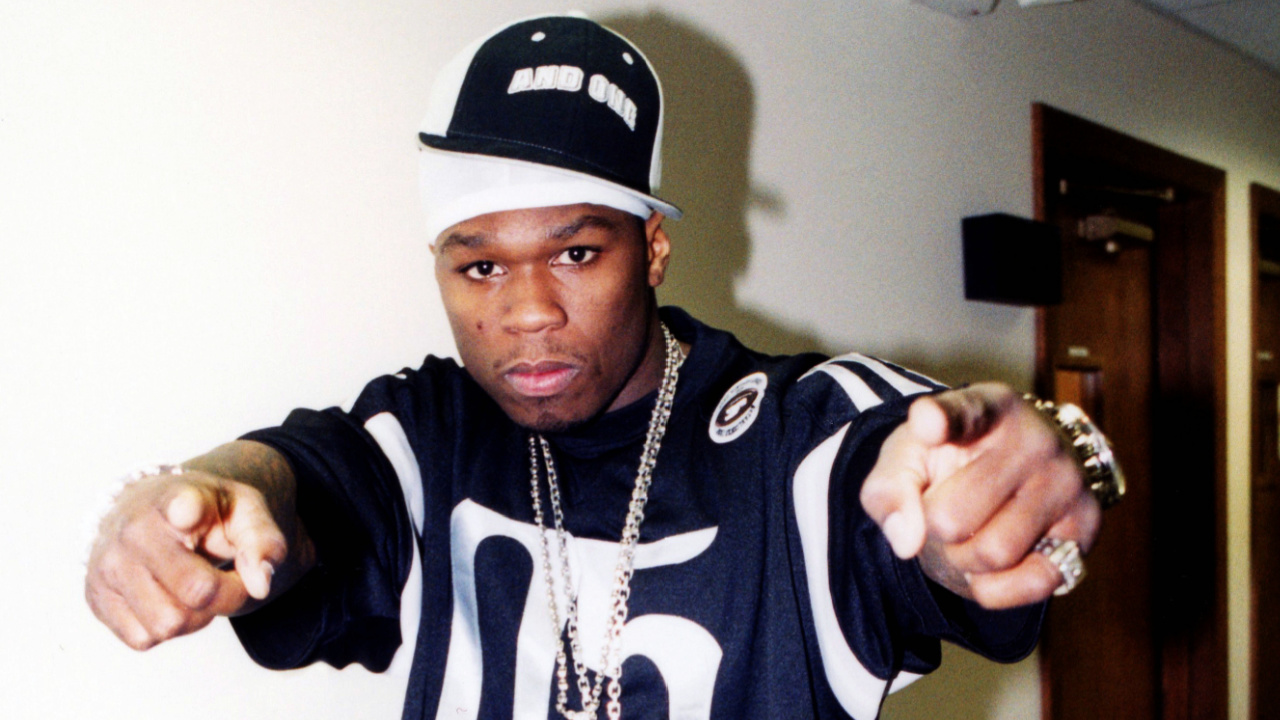
50 Cent‘s path to stardom remains one of the most legendary stories in all of Hip Hop. Hailing from the harsh streets of South Jamaica, Queens, Curtis Jackson tasted tragedy at the tender age of 8 when his mother was killed in a house fire, one that was suspected to have been a targeted attack.
Despite the best efforts of his grandparents who adopted him, a young 50 soon fell into the drug game and was arrested for selling crack as a teen. However, it was the rap game, not the crack game, that decided his fate as Run-DMC legend Jam Master Jay took note of 50’s budding rapping ability and took him under his wing.
A relationship with platinum-selling production duo The Trackmasters later earned 50 his first deal with Columbia Records and yielded his would-be debut album Power of the Dollar, which remains one of Hip Hop’s most controversial projects despite having never been officially released.
The album famously spawned the cocky lead single “How to Rob,” which essentially threatened to stick up half the Hip Hop industry at the time, from JAY-Z and Juvenile to Big Pun and Busta Rhymes. The tactic worked as Hov would jab back during his performance at Hot 97’s Summer Jam, as well as on his chart-topping album Vol. 3… Life and Times of S. Carter.
It was another album cut, however, that would lead to real-life violence (or so the story goes). In May 2000, 50 Cent was shot nine times outside his grandmother’s home in Queens. The attack, which he somehow survived, is rumored to have been payback for “Ghetto Qu’ran,” which spotlighted several notorious drug dealers from New York including Kenneth “Supreme” McGriff, an affiliate of 50’s nemesis Ja Rule.
In any case, the shooting led to 50 being dropped by Columbia and viewed as bad for business by other labels. If bullets couldn’t take out Curtis Jackson, then record executives stood no chance. After recovering from the near-fatal ambush, 50, ever the shrewd businessman, identified another avenue through which he could rebuild his buzz: the mixtape circuit.
A string of independent solo projects and collaborative tapes with fellow G-Unit soldiers Lloyd Banks and Tony Yayo, notably 2002’s Guess Who’s Back?, eventually caught the attention of Eminem and Dr. Dre, who signed 50 to their Shady Records and Aftermath labels, along with the backing of Interscope.
When “In Da Club” crash-landed in the first few weeks of 2003, it became clear that this three-headed monster would rule Hip Hop for at least the next several years. And that they did.
Kid Cudi

It’s fitting that Kid Cudi is an accomplished actor because his backstory feels like something out of a movie. At the tender age of 20, Scott Mescudi moved from his native Cleveland to New York City to pursue his dreams in music and acting. While working retail jobs to keep himself afloat, Cudi recorded a demo with two local producers and shopped it to various labels in the city, including Def Jam.
A deal with the legendary rap label didn’t transpire, but his demo did catch the ear of Def Jam A&R Plain Pat, who ended up managing the aspiring rapper. Pat also happened to work with Kanye West at the time, who Cudi had coincidentally already bumped into. First, at a Virgin Megastore in 2004 shortly after he moved to NYC, and again years later at his job at the BAPE store. During that initial encounter, Cudi apparently told Ye: “You definitely gon’ see me again.”
In late 2006, however, Cudi’s dreams were almost derailed. Facing eviction from his apartment, he contemplated leaving the Big Apple and moving back home. “I remember being like, ‘Shit. What am I going to do? I’m going to have to go back to Cleveland, go back to my old job, stack some money and then come back,'” he told Complex years later.
Fortunately for Cudi, the parents of Dot Da Genius, a local up-and-coming producer he had begun working with, came to the rescue and agreed to take him in. It was at Dot’s family home in East New York that the two longtime friends and collaborators developed a musical bond and created the song that would change both of their lives: “Day ‘N’ Nite.”
As the lonely stoner anthem (which would go on to be certified diamond) slowly made waves on MySpace, Cudi forged another crucial connection in the music industry with A-Trak. The world champion DJ signed the up-and-comer to his indie label Fool’s Gold and officially released “Day ‘N’ Nite,” along with an EDM-flavored remix from Crookers that became a hit overseas.
The success of the song led to Kanye inviting Cudi to Hawaii to work on 808s & Heartbreak, as well as JAY-Z’s The Blueprint 3. Cudi ended up contributing to both albums. Yeezy would return the favor when Cudi dropped his debut mixtape A Kid Named Cudi in the summer of 2008, crashing his protégé’s release party and fueling the hype surrounding him.
Kanye eventually signed Cudi to his G.O.O.D. Music imprint, through which he dropped his game-changing debut album Man on the Moon: The End of Day. While their relationship has been rocky since, Hip Hop wouldn’t be what it is today without Kid Cudi’s unique brand of melodic emo-rap and his creative chemistry with Kanye West.
LL Cool J

LL Cool J‘s rapid rise to fame is one defined by both unimaginable trauma and undeniable talent. As a kid, LL witnessed his father shoot his mother and grandfather after his parents separated (thankfully, they both lived) and was subjected to physical and verbal abuse by his mom’s subsequent boyfriend.
Remarkably, these horrific experiences did not dim a young James Todd Smith’s spark. Determined to follow in the footsteps of Hip Hop’s early pioneers, he dropped out of school in ninth grade and made a pact with his mother that he would resume his studies if his career did not take off in two years.
The kid from Queens soon suffered setbacks, being rejected by every label he pitched himself to, including Sylvia Robinson’s Sugar Hill Records, home of the famous Sugar Hill Gang. By age 16, LL was close to abandoning his dream until his mom bought him a drum machine with her tax refund, allowing him to record his own demos.
It was on this piece of equipment that the future G.O.A.T. created an early version of “I Need a Beat,” which he sent to a fledgling label called Def Jam that was being run out of Rick Rubin‘s dorm room at NYU. He then hounded the budding mogul for weeks until the Beastie Boys‘ Ad-Rock stumbled on his demo and persuaded Rick to work with and eventually sign the promising teen.
With his breakout hit “I Can’t Live Without My Radio” and seminal debut album Radio, both released in 1985, a still-teenage LL Cool J quickly became Hip Hop’s first mainstream solo star and established Def Jam as a major player in the music industry, changing the course of Hip Hop forever.
MF DOOM
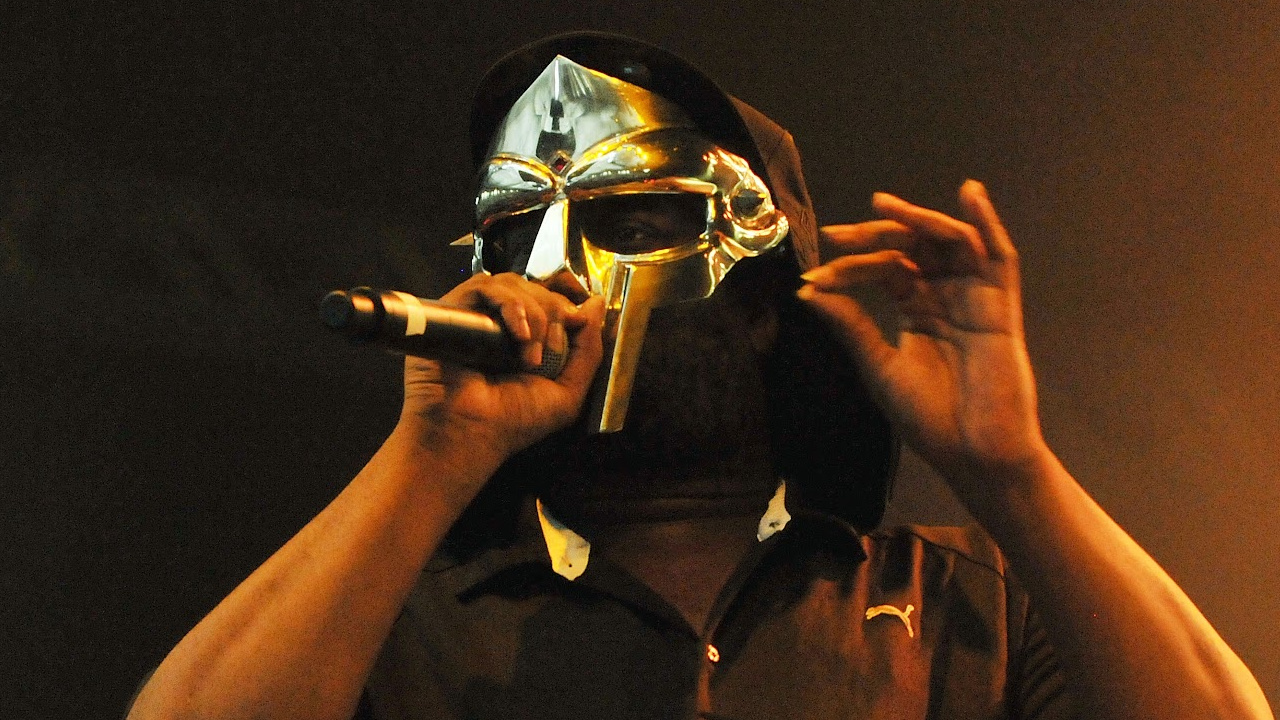
Like some of the best-loved superheroes, Hip Hop’s masked villain was born out of tragedy. Just as his first rap group, KMD, were establishing themselves in the thriving New York City rap scene in the late ’80s and early ’90s, Daniel Dumile (who at the time went by the name Zev Love X) lost his brother and groupmate DJ Subroc in a freak road accident. His death, combined with the controversy surrounding KMD’s planned second album Black Bastards, led to the group disbanding and Dumile falling off the rails.
“At that time, I was damn near homeless, walking the streets of Manhattan, sleeping on benches and shit,” he admitted in a rare interview with WIRE in 2005. “It was a really, really dark time. But I still thought I was gonna get mine, regardless.”
Inspired by his love of comic books and the desire to inject more originality into the rap game, Dumile remerged in 1998, gracing the stage unannounced at the now-legendary Nuyorican Poets Café in New York City with a stocking concealing his face. Around the same time, he had reconnected with KMD’s former manager and beloved Hip Hop radio host Bobbito Garcia to release a handful of solo singles (including future fan-favorites “Hey!” and “Greenbacks”) on his indie label, Fondle ‘Em Records.
This bizarre and seemingly impromptu masked performance and these early releases would plant the seeds for what would become Dumile’s latest and greatest alter ego: MF DOOM. His debut album, Operation: Doomsday, followed in 1999, kickstarting one of the most innovative and influential runs in all of Hip Hop — one that would sadly meet its own tragic end 21 years later.
Big Sean
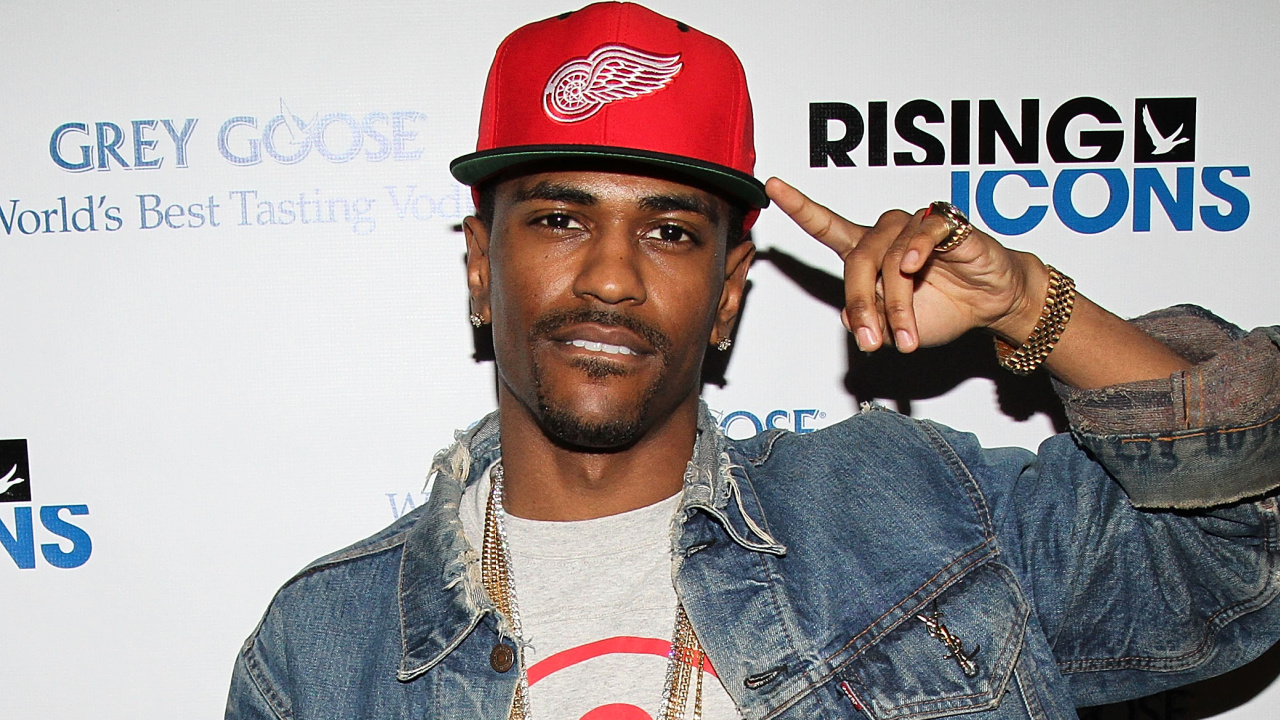
The story of how Big Sean got signed to Kanye West’s G.O.O.D. Music is often retold through rose-tinted glasses. A high school student moonlighting as a telemarketer hears that his favorite rapper is in town visiting a local radio station (coincidentally, the same station where he’s spent more than a year showcasing his skills on a weekly freestyle show). He drops everything and rushes to the station, where he meets said rap star and proceeds to spit a 10-minute freestyle that earns him the promise of a record deal.
While this may sound like the stuff of dreams, what happened next was anything but a fairytale. Years went by without a deal materializing and Sean even passed on a college scholarship to pursue a rap career. “In that time, I was so depressed that I just wanted to give up bad,” he admitted in a 2024 interview with Charlamagne Tha God. “It was hard, bro. I still feel scarred from those times. I felt like a loser.”
With the support of his family, notably his mother and grandmother, Sean persisted through the dark skies, continued to hone his craft and eventually signed to G.O.O.D. Music — the label that was at the top of his wishlist as a kid — in 2007. From there, the Detroit native built his buzz with a series of well-received mixtapes, an XXL Freshman cover and contributions to Kanye’s My Beautiful Dark Twisted Fantasy and G.O.O.D. Fridays series, before he finally achieved fame in 2011 with his debut album.
Kanye would later call signing Big Sean the worst decision he’s ever made, but during his almost 15-year spell on G.O.O.D. Music, the Detroit native was nevertheless its most commercially successful artist outside of its founder and was arguably the MVP of the label’s sole compilation album, Cruel Summer.
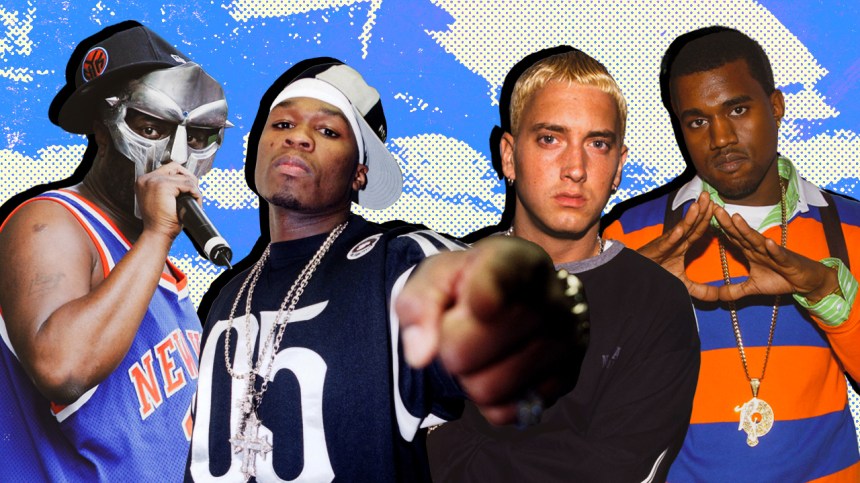
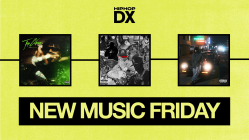

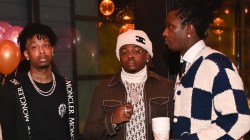
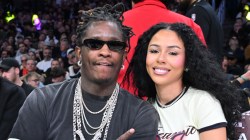




Big Yawn don’t deserve to be on here
Eminem didn’t “start from the bottom”. Even a rich black person has it harder than a poor white person. Life for Eminem pre fame was likely much easier than life for people like JayZ, who has to fight every single day or be destroyed in an instant. That’s why Eminem is often mentioned as a “top 5 rapper”. Can anyone actually claim he made a single timeless track? If he was black, they wouldn’t see him in the top 100, ever. Songs like “Lose Yourself”, “Way I Am”, “Stan”, or “Real Slim Shady” wouldn’t have even been hits if he was black. The proof is that Snoop Dogg and Dr Dres newest album, Missionary, performed worse than Eminems last album, yet according to Dr Dre, Missionary was one of hid best work to date. How can it perform so badly than? Racism. Thats how. Missionary was a 10/10 album, and all I’ve seen is praise for it, calling it a true instant classic, even rivaling both Chronics and Doggystyle.
no one cares dweeb
Eminem didn’t “start from the bottom”. Even a rich black person has it harder than a poor white person. Life for Eminem pre fame was likely much easier than life for people like JayZ, who has to fight every single day or be destroyed in an instant. That’s why Eminem is often mentioned as a “top 5 rapper”. Can anyone actually claim he made a single timeless track? If he was black, they wouldn’t see him in the top 100, ever. Songs like “Lose Yourself”, “Way I Am”, “Stan”, or “Real Slim Shady” wouldn’t have even been hits if he was black. The proof is that Snoop Dogg and Dr Dres newest album, Missionary, performed worse than Eminems last album, yet according to Dr Dre, Missionary was one of hid best work to date. How can it perform so badly than? Racism. Thats how. Missionary was a 10/10 album, and all I’ve seen is praise for it, calling it a true instant classic, even rivaling both Chronics and Doggystyle.
Agreed, Missionary not hitting #1 is proof of racism. It was the best album ofnthe past 20 years, and everyone knows it.
I remember when trolling was an art form to the point no one ever even realized you were doing it. Try harder to be clever and learn to not be so obvious.
Jay – ‘Who. Cares. Sites worse than TMZ’. Hypocrite
MISSIONARY WAS TRASH AND THATS HOW WE KNOW YOU A FLABBY OLD FUCKING LOSER IN HIS 50s YAPPING AND CRYING. GO LIFT SOME WEIGHTS AND GET SOME PUSSY YOU DEPRESSED BITCH
One of my top 5 favorite rap groups of all time is EPMD. They started from the bottom according to their song listen to my demo which is one of the best rap songs ever made.